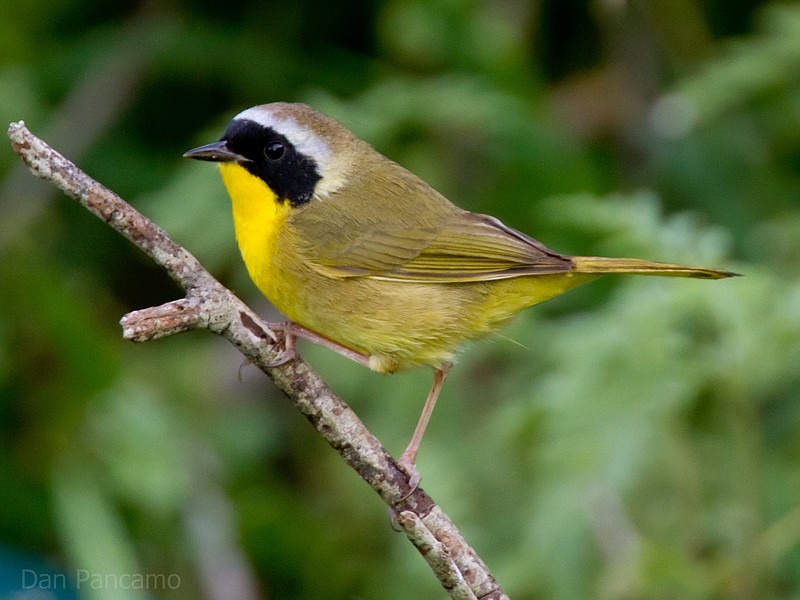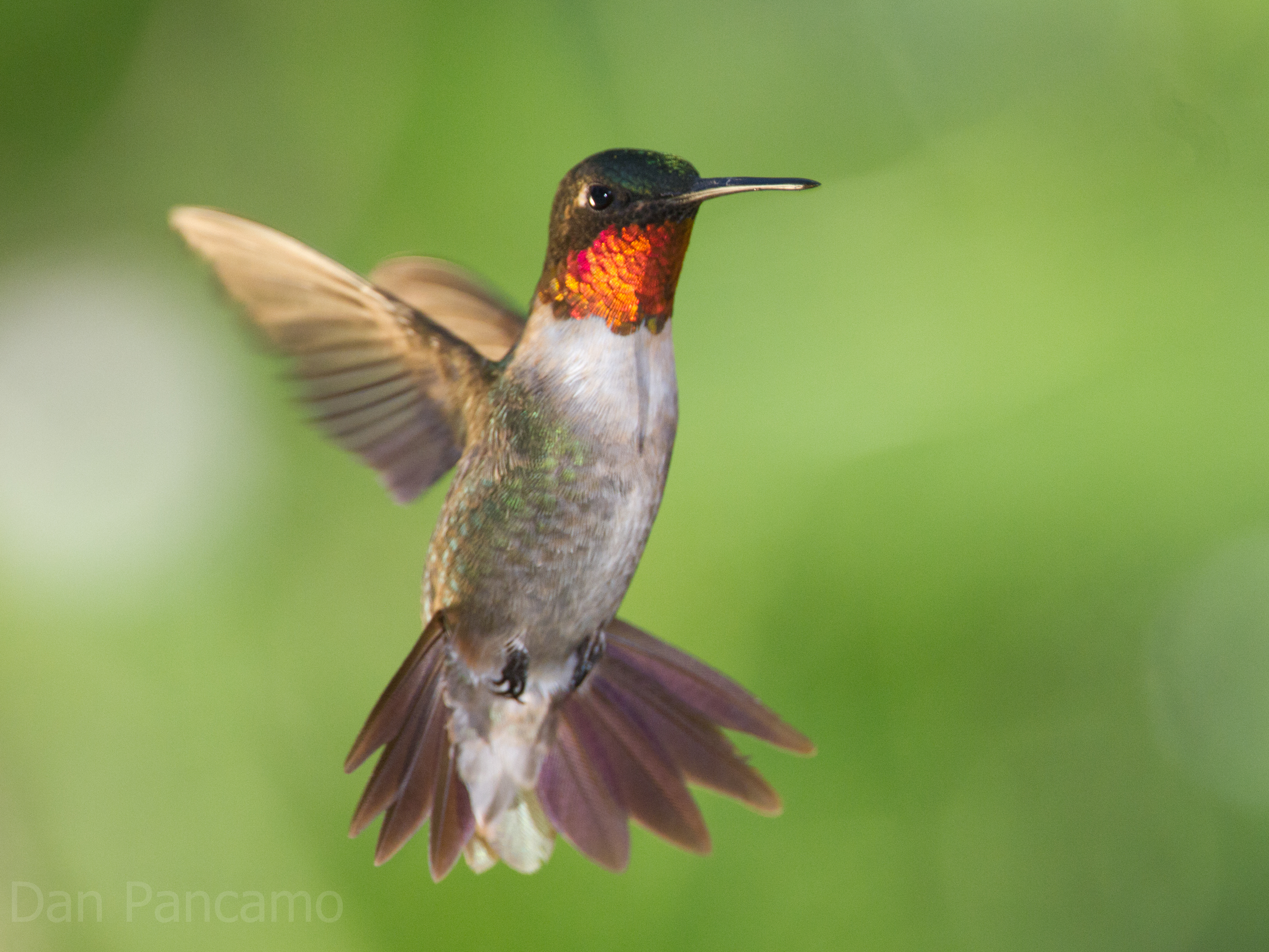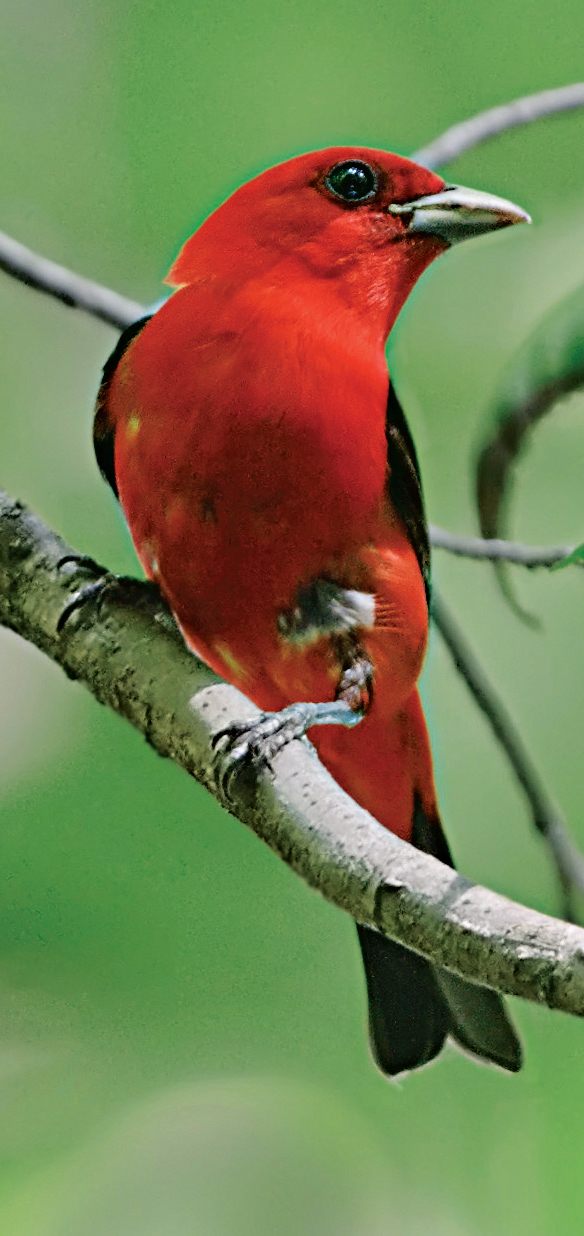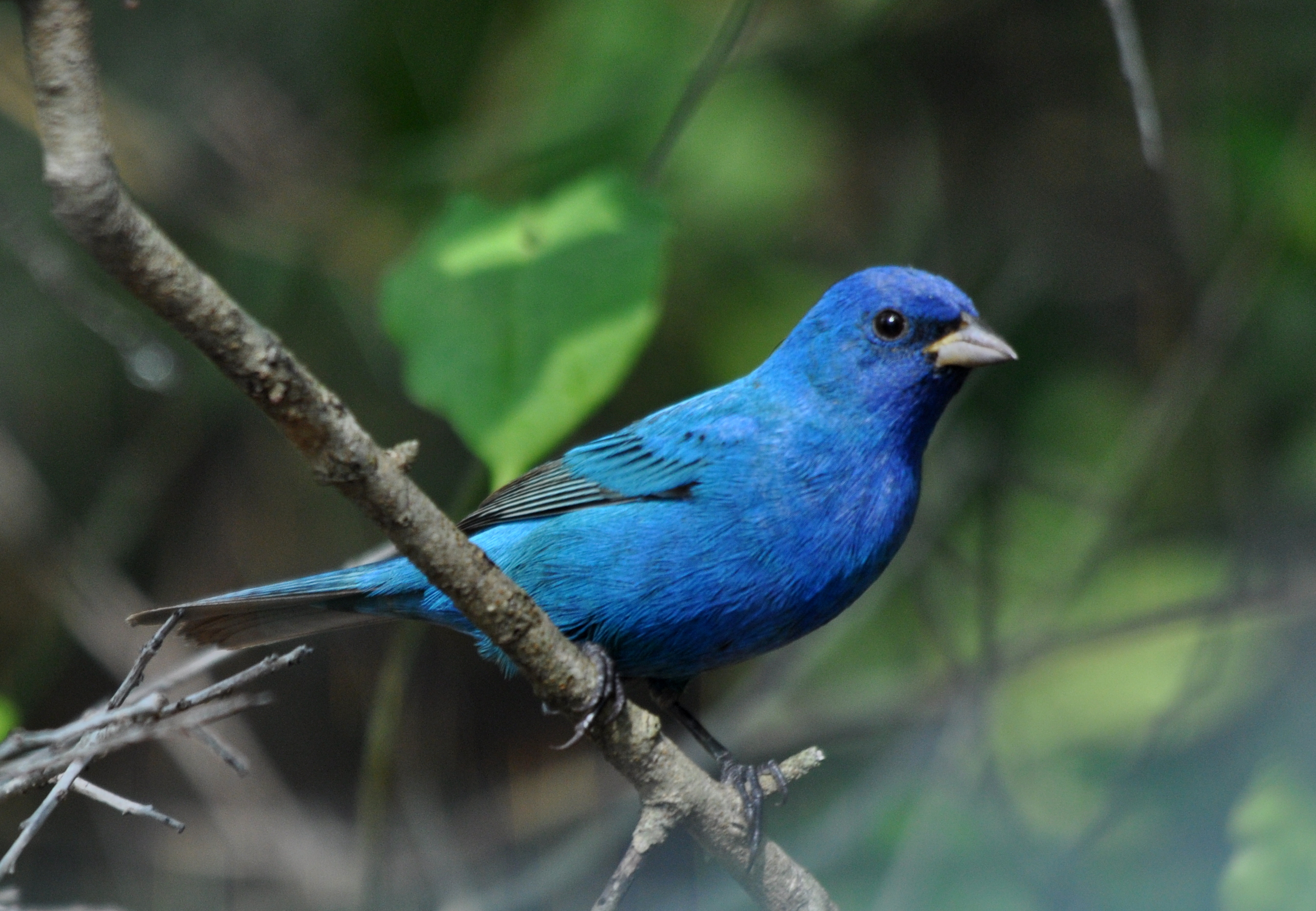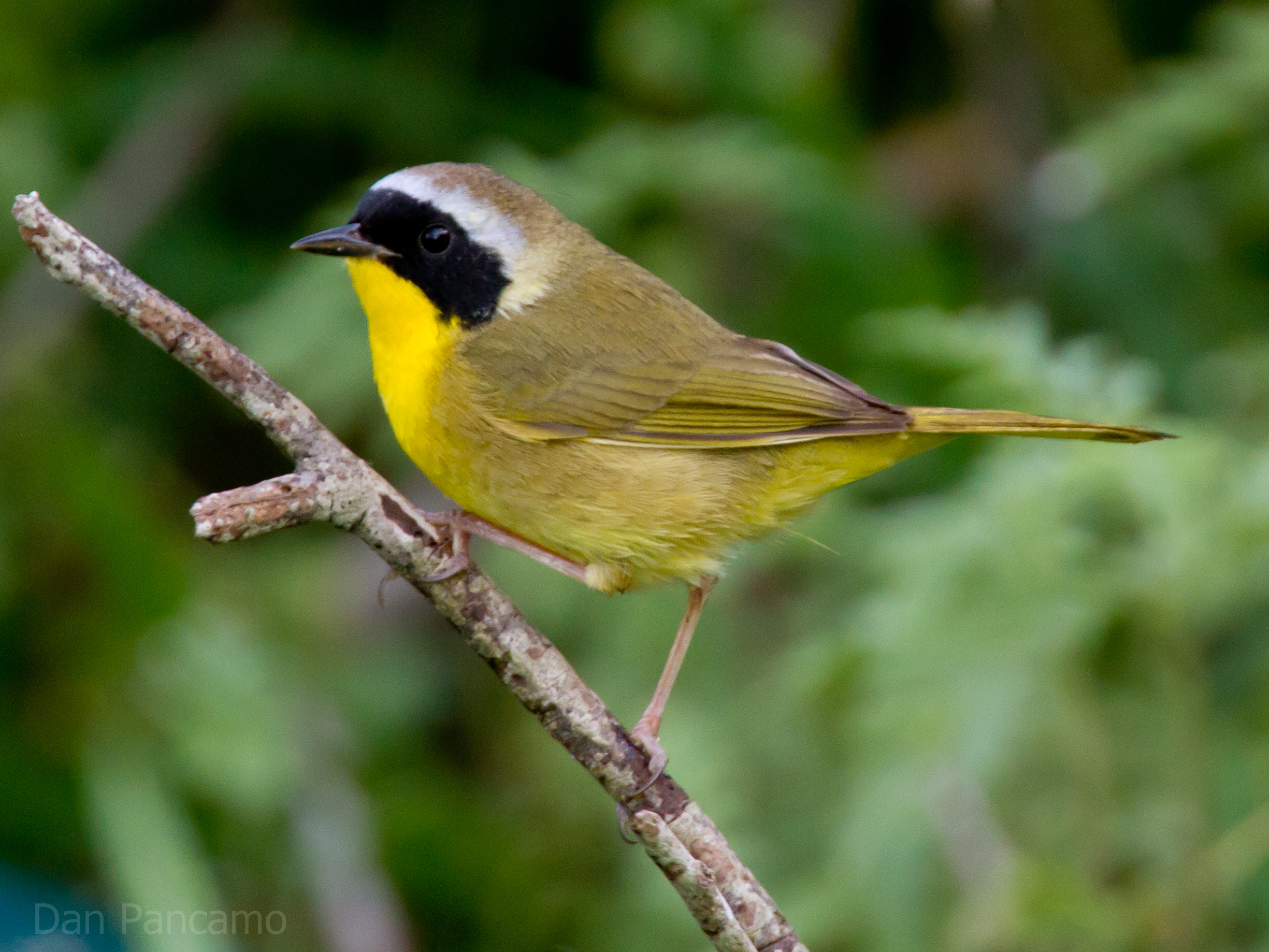While spring migration in the Southeast always provides a rich, colorful experience for bird-watchers, some of the most spectacular species spend their summers here, too. Here are a few dazzlers you might spot along trails, waterways or even in your own backyard this season.
Ruby-throated hummingbird (Archilochus colubris)
Both male and females have an iridescent green back but only the males have that glittery red throat. The only hummingbird that breeds in the Eastern U.S., they enjoy suburban neighborhoods with mature trees, making them a popular species among backyard bird-watchers.
Pro tip: Avoid using red-dyed hummingbird nectar at your feeder. The dye may be harmful to the animals.
Status: Common summer resident
Where to spot: Wolftever Creek Greenway; Reflection Riding Arboretum & Nature Center; Cravens House on Lookout Mountain; Watts Bar Lake
Scarlet tanager (Piranga olivacea)
Brilliant red with black wings and tail, the scarlet tanager likes mature hardwood and mixed hardwood-pine forests. If you spot one, you're spotting a male. The females, olive-yellow in color, look entirely different.
Status: Common summer resident throughout east Tennessee
Where to spot: Cloudland Canyon State Park; Enterprise South Nature Park; Chester Frost Park
Baltimore oriole (Icterus galbula)
Though the oriole is a rare summer sighting, according to the Tennessee Wildlife Resources Agency, populations seem to be growing. The black and bright orange bird loves orange slices, which can be placed near feeders to attract it to your yard.
Status: Uncommon summer resident and fairly common migrant throughout the state
Where to spot: Raccoon Mountain; Amnicola Marsh; Cravens House on Lookout Mountain; Reflection Riding Arboretum & Nature Center
Indigo bunting (Passerina cyanea)
This flashy blue bird is a treat to spot alongside highway fence rows and brushy fields. Often confused with the Eastern bluebird (Sialia sialis), the difference is that the bluebird bears a rust-colored belly while the bunting is entirely blue.
Status: Common summer resident
Where to spot: Chester Frost Park; Standifer Gap Marsh; Tennessee Riverwalk
Common yellowthroat (Geothlypis trichas)
The male yellowthroat, with its black mask and sunny yellow throat and breast, is a fun sighting in marshes and low brush. The female is similar, though she lacks the mask. One of the most abundant nesting wood warblers in Tennessee, this species is easily identifiable by its frequent and distinctive call, "witchety-witchety-witchety."
Status: Common summer resident
Where to spot: Watts Bar Lake; Chester Frost Park; Little Tennessee River Greenway
